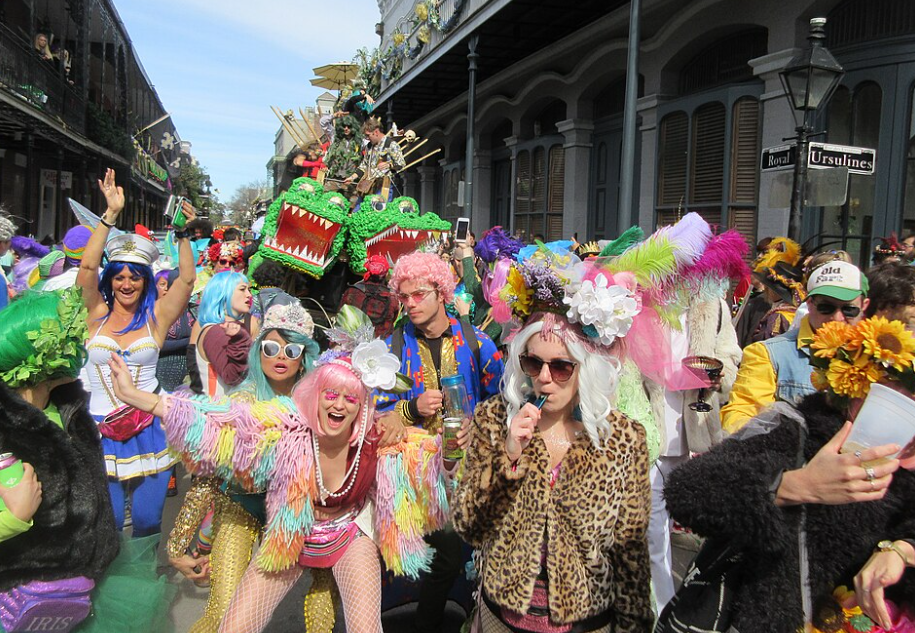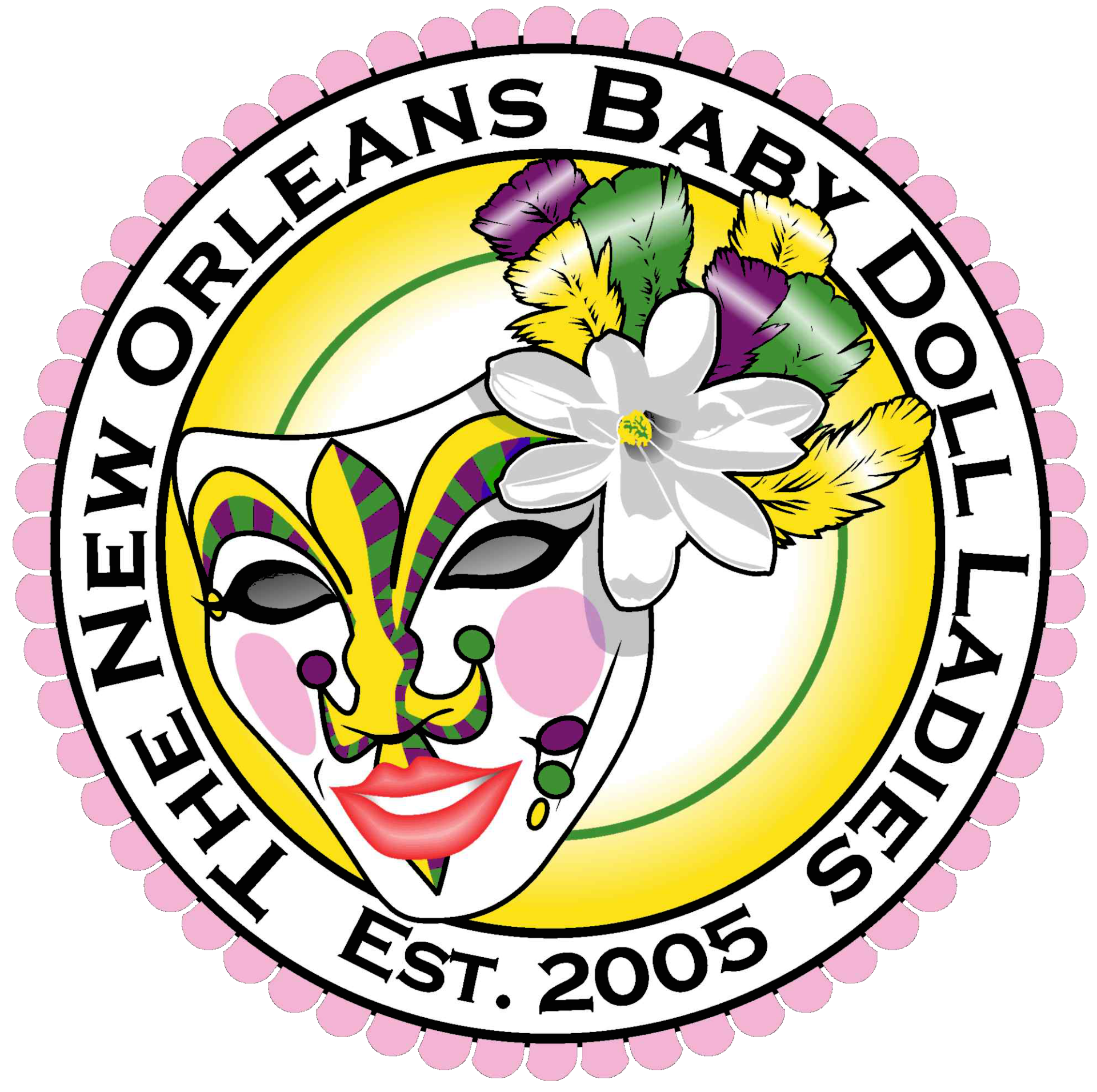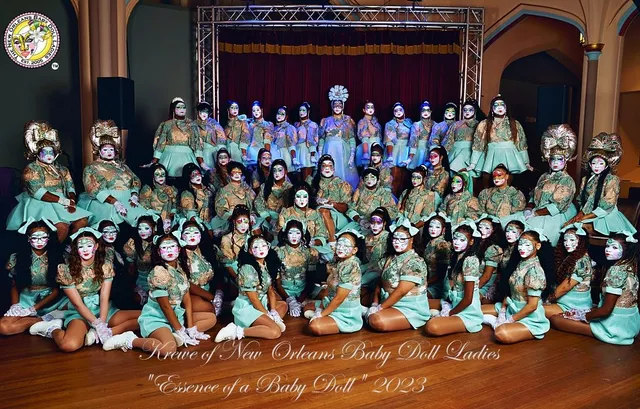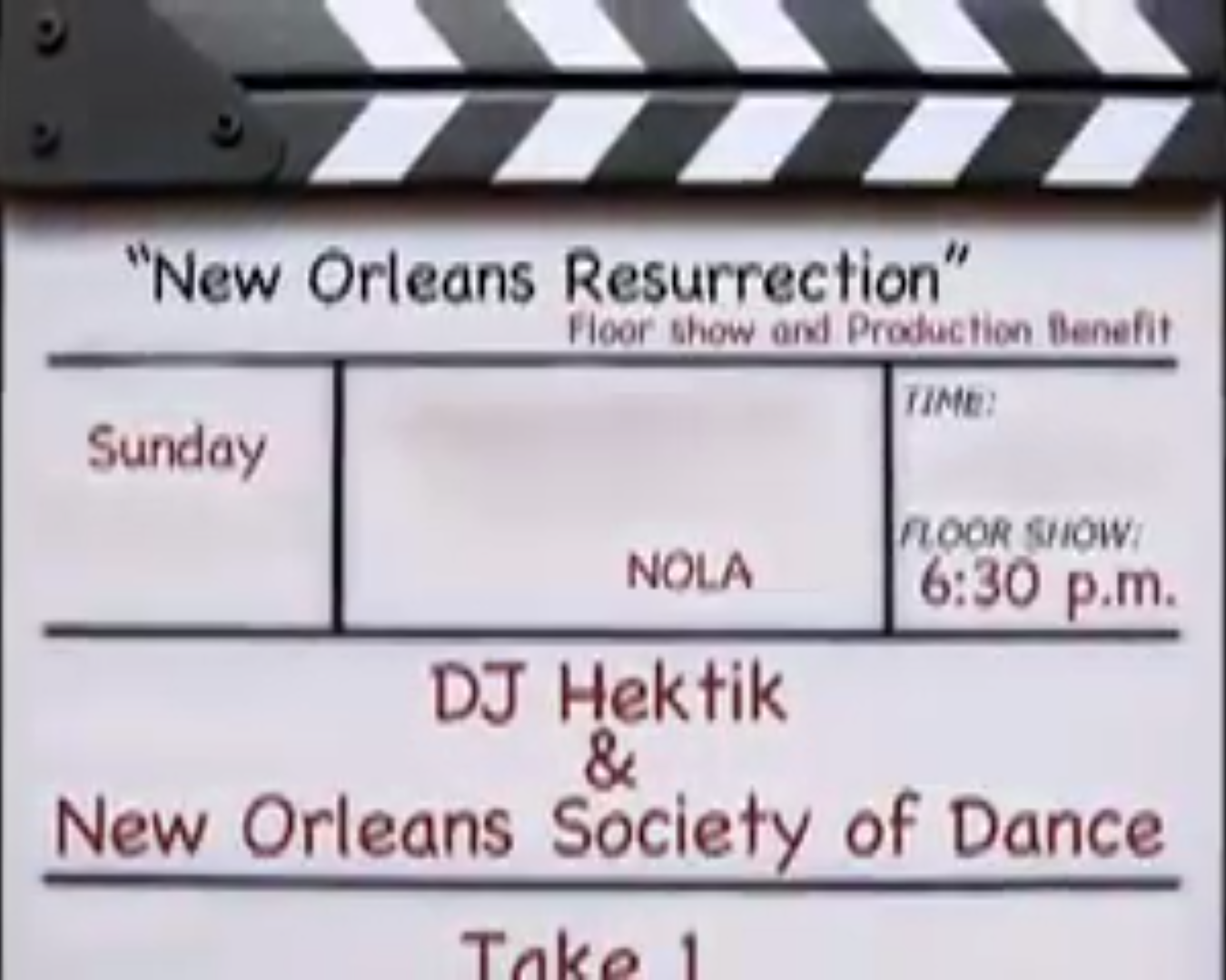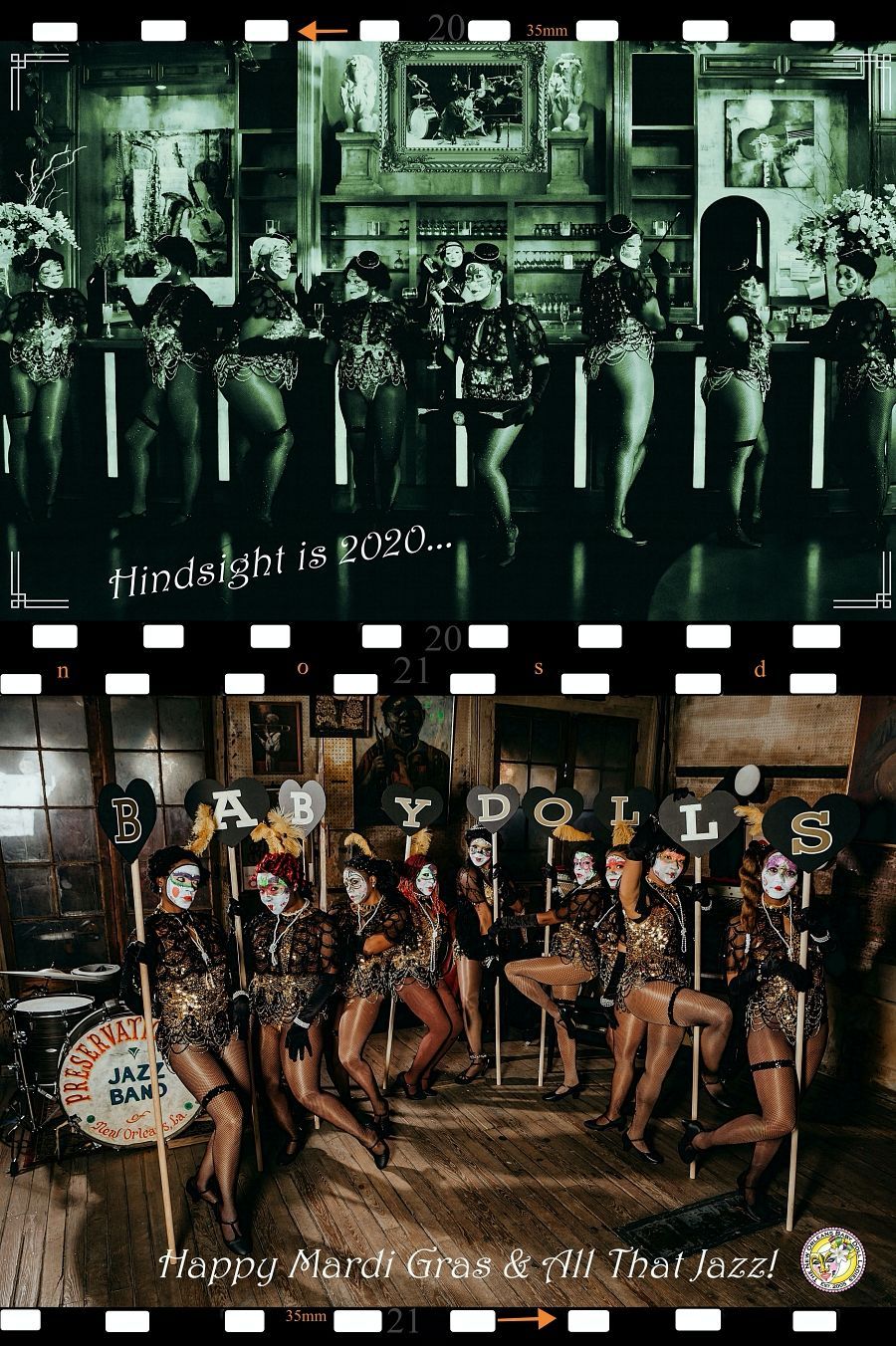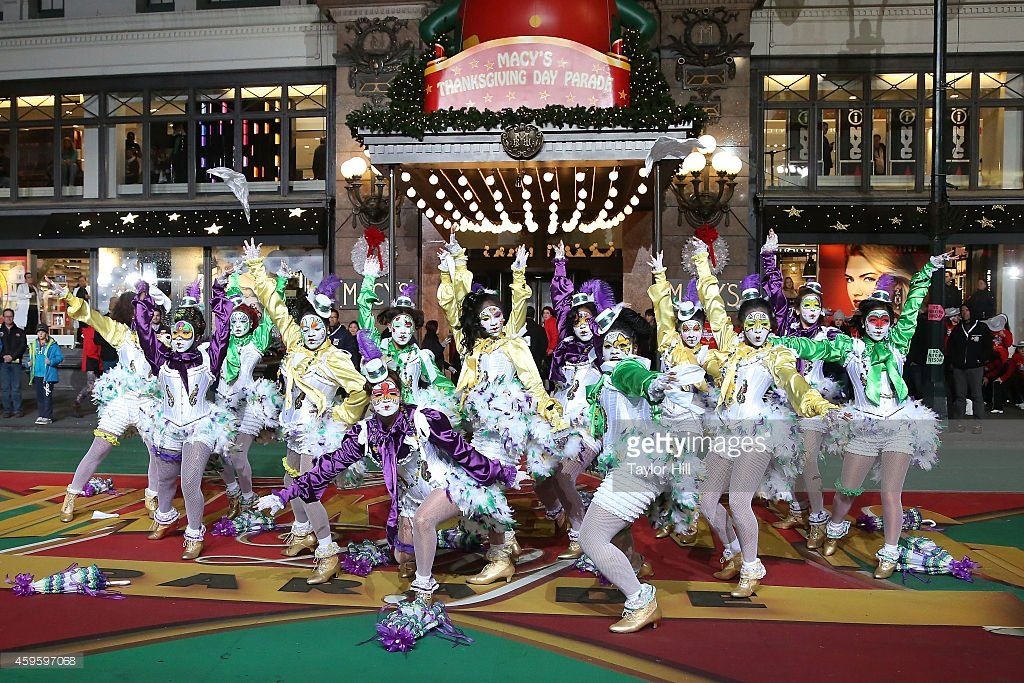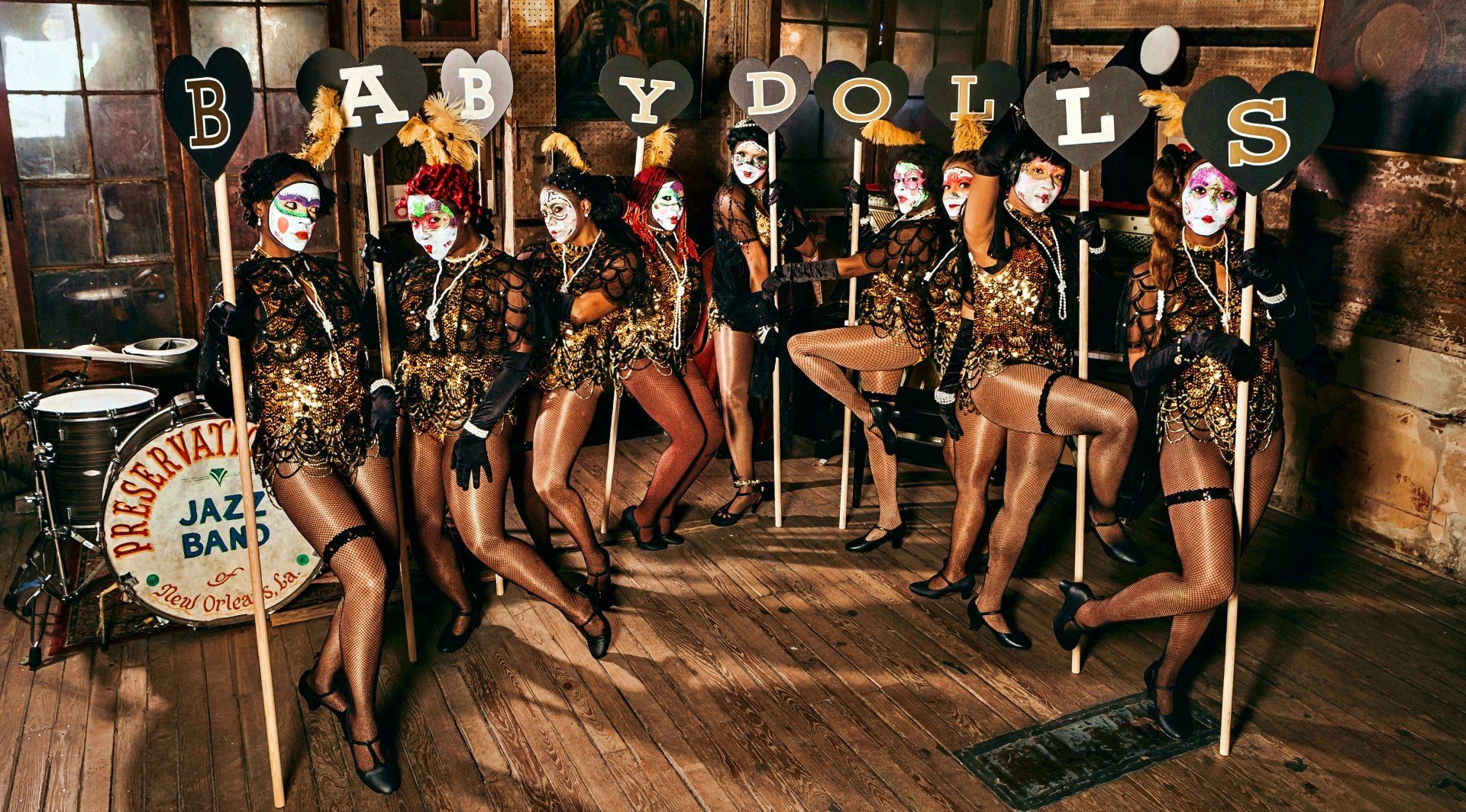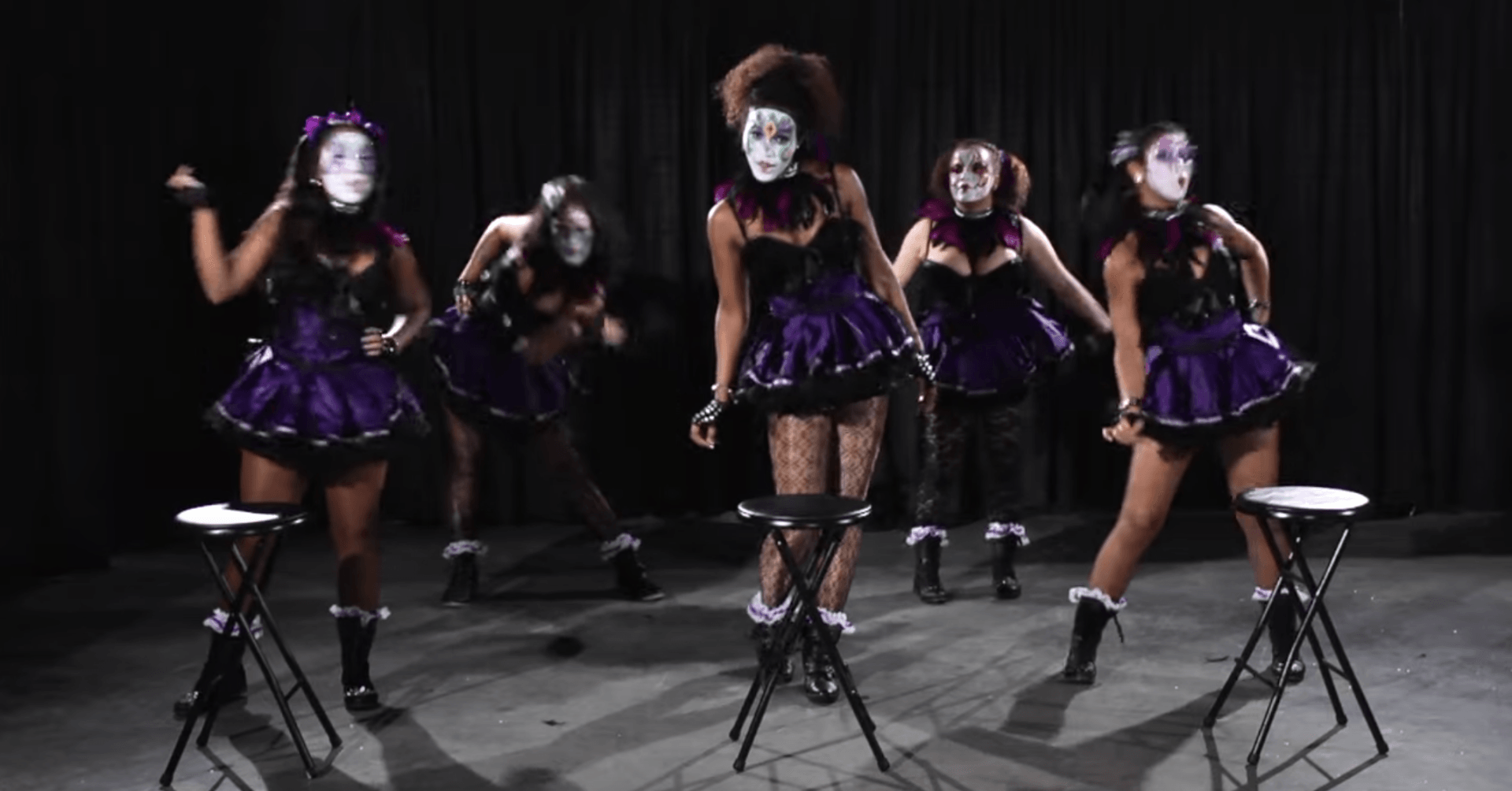The Origin of the New Orleans Society of Dance Baby Doll Ladies
This article explores the origins of the Baby Doll Ladies, their ties to the rise of jazz, and how these traditions evolved into the vibrant cultural performances seen today.
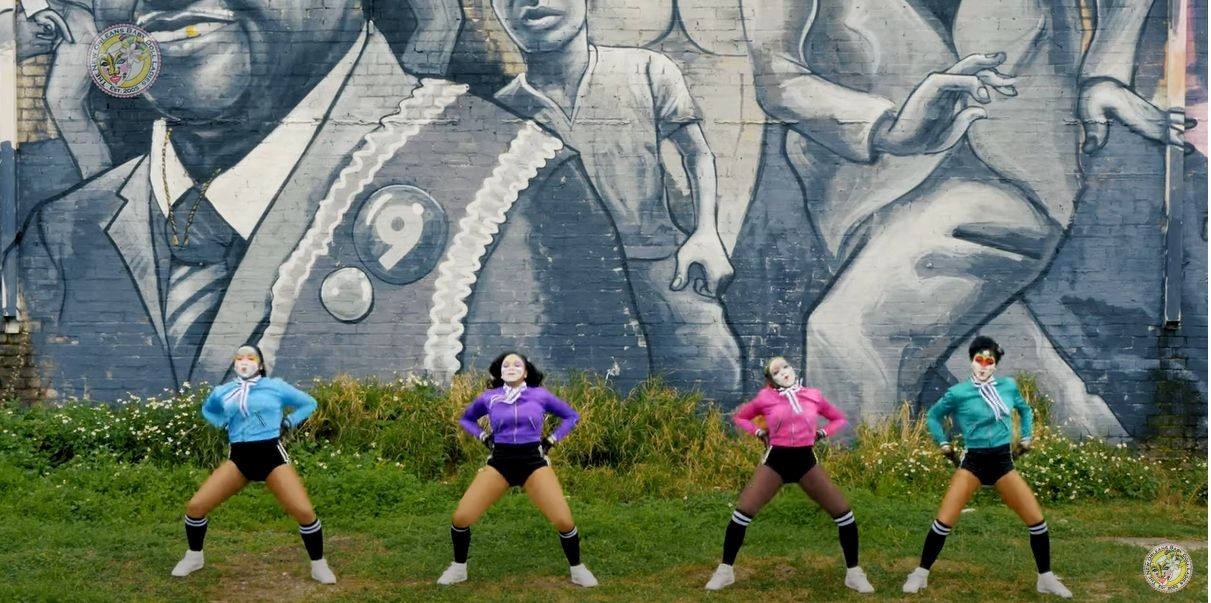
To understand the New Orleans Society of Dance Baby Doll Ladies, one must look back into the rich musical and dance traditions that gave birth to this unique cultural expression. Emerging from the early days of jazz in New Orleans, the Baby Doll masking tradition reflects both resilience and creativity. Today, the New Orleans Society of Dance carries this legacy forward, honoring the women who first embodied this bold tradition in the early 20th century.
The Roots of Jazz and Dance in New Orleans
The Birth of Jazz
In 1895, Charles “Buddy” Bolden, a Black Creole musician from New Orleans, created a new sound he called “Jass” later recognized as jazz. This raw, emotional music represented a break from European traditions and embraced freedom of expression. It gave space for improvisation, individuality, and storytelling through sound.
As jazz spread from New Orleans to the rest of the United States and eventually the world, it became not just a musical style but a way of life. Musicians such as Joe “King” Oliver, Louis Armstrong, Sidney Bechet, and Freddie Keppard played critical roles in shaping this evolving sound.
Jazz as Dance
The rise of jazz was inseparable from dance. By the early 1900s, women in New Orleans had mastered jazz inspired movement, fusing African, Caribbean, and European influences. Popular dances included the “Ghanaian Stomp,” “Irish Gig,” “Creole Waltz,” and even provocative steps like the “Grizzly Bear.”
For women, these dances were more than entertainment. They were forms of self expression, resilience, and cultural identity. In neighborhoods across the city, dance halls became hubs of innovation, alive with movement and music every day of the week.
Storyville, Back o’ Town, and the Cultural Underground
The Storyville Closure
In 1917, the closure of Storyville the city’s red-light district triggered a mass migration of jazz musicians and dancers from New Orleans to other cities such as Kansas City, St. Louis, and Chicago. By 1939, a large percentage of the original jazz performers had left. However, those who remained kept the culture alive through societies, clubs, and underground venues.
Back o’ Town
Back o’ Town, also known as the Battlefield or the “colored red light district,” was a vibrant neighborhood where jazz flourished alongside the vice economy. Despite its rough edges, the area nurtured some of the greatest musicians in history, including a young Louis Armstrong.
Nearby, the South Rampart Street corridor provided a different atmosphere, filled with African American owned businesses, social halls, and entertainment venues. This dual environment gritty yet creative set the stage for new cultural traditions like the Baby Doll Ladies.
The Birth of the Baby Doll Tradition
The Million Dollar Baby Dolls
The first organized women’s street-masking group in the United States emerged in 1912. Known as the Million Dollar Baby Dolls, they were founded by Leola Tate and her peers in Back o’ Town. These women wanted to create their own identity within Mardi Gras celebrations, one that reflected both defiance and joy.
According to firsthand accounts, the women crafted elaborate dresses, smoked cigars, and paraded through the streets throwing money into the air. Their presence was bold, theatrical, and disruptive, challenging traditional expectations of women at the time.
Cultural Significance
The Baby Dolls were more than costumed performers; they were working-class women asserting independence and pride. Their dances incorporated the popular shake movements of the era, blending with jazz rhythms to create performances that were both provocative and empowering.
The Million Dollar Baby Dolls set the foundation for generations of women to claim space in New Orleans’ public celebrations. Their influence can still be seen in the second-line parades, masking traditions, and dance performances that remain integral to the city’s cultural life.
The Legacy of the Baby Doll Ladies
Preserving Tradition
Throughout the 20th century, the Baby Doll tradition continued in neighborhoods across New Orleans, passed down through community groups, clubs, and families. While many original jazz musicians left the city, the dance and masking practices remained deeply rooted in Creole culture.
Organizations such as benevolent societies and social aid clubs helped maintain these traditions during times of economic and social hardship. These groups ensured that the cultural practices of masking, dancing, and parading would not be lost.
The New Orleans Society of Dance
The New Orleans Society of Dance is a modern descendant of this history. Founded to preserve and celebrate the traditions of jazz dance and the Baby Doll masking tradition, the organization serves as both a performance group and a cultural institution.
Led by artistic director Milllisia White, the Society connects past and present through dance. Their performances highlight the original spirit of the Baby Doll Ladies while engaging new audiences. By doing so, they keep alive a cultural lineage rooted in rhythm, resistance, and celebration.
The Baby Doll Tradition in Today’s New Orleans
Mardi Gras and Parading Culture
The Baby Doll Ladies are a recognized part of Mardi Gras parading culture. Their presence represents the spirit of early jazz women confident, expressive, and unafraid to take up space. They dance not only to entertain but to honor the history of those who came before them.
Influence on Modern Dance
The impact of Baby Doll traditions extends beyond Mardi Gras. Contemporary dancers and choreographers draw inspiration from the bold movements and storytelling embedded in Baby Doll performances. The style embodies the improvisational nature of jazz itself adaptable, expressive, and deeply tied to community.
Why the Baby Doll Tradition Matters
The story of the Baby Doll Ladies is a story of cultural resilience. At a time when women’s voices were often marginalized, they claimed visibility in one of the most public spaces available New Orleans streets during Mardi Gras.
Their performances challenged social norms, celebrated working class pride, and expressed freedom through costume, dance, and music. Today, the New Orleans Society of Dance ensures that this tradition continues to thrive, reminding us that culture is not static but living, breathing, and evolving.
Conclusion
The New Orleans Society of Dance Baby Doll Ladies embody a unique lineage that connects the early days of jazz with modern cultural expression. Rooted in the vibrant neighborhoods of New Orleans, the Baby Doll tradition highlights the intersection of music, dance, and identity.
From the Million Dollar Baby Dolls of 1912 to today’s performances, this tradition reflects the city’s enduring spirit of creativity and resistance. By keeping these stories alive, the New Orleans Society of Dance ensures that future generations can experience and celebrate this essential part of New Orleans history.
For more about the work and history of the Baby Doll Ladies, visit the New Orleans Society of Dance.
